Senior Living Solutions: Entrance Fee vs. Rental Retirement Communities

Elise and Juan, both in their 80s, are ready to downsize and move from their five-bedroom Southern California home, where they’ve lived for the past four decades, to a senior living community. Like many other older adults in similar situations, they want to make the most of life’s next chapter. As they explore residence options, they wonder what the best path to retirement bliss is — an entrance fee community or a rental community.
Choosing between an entrance fee senior living community and a rental senior living community depends on personal preferences, financial considerations, and long-term planning and care needs. Each option presents nuances and benefits catering to different lifestyles and priorities. Communities under both structures typically conduct financial and health qualification tests to determine eligibility.
This blog examines the distinctions between senior living entrance fees versus rentals and the types of care offered to help you make an informed decision and find the perfect place to call home.
What is an Entrance Fee at a Retirement Community?
A senior living community entrance fee is a one-time, upfront payment required to secure a residence and access various services and amenities the community offers. This fee covers the cost of housing, maintenance, and sometimes, long-term care services. Entrance fees can vary widely depending on the community, the type of residence and the level of care included. Fees can range from tens of thousands to several hundred thousand dollars. An assisted living entrance fee community usually has a more involved application and acceptance process.
In some communities, a portion of the entrance fee may qualify for repayment if the resident moves out or passes away. This model helps ensure long-term financial stability for the community and provides residents with peace of mind regarding their future care needs.
Rental Senior Living Communities
Rental communities require a smaller initial financial commitment and typically allow residents to end a lease with short notice. This option may appeal to older adults who wish to avoid long-term contracts or who plan to move or change their living situation frequently.
Additionally, rental communities typically have shorter waiting periods for entry, allowing for a quicker and simpler transition compared to entrance fee communities. While rental fees may be higher and can increase with inflation and higher levels of care, this structure doesn’t require a down payment. Although rental fees cannot be deducted on tax returns, unreimbursed medical expenses for additional care may be deductible.
Benefits of Entrance Fee Senior Living Communities
Selling your home to downsize and move into a Life Plan Community (also called a CCRC) such as Casa de las Campanas can offer a range of benefits compared to a rental community. These include:
- Long-term security: Entrance fee communities like Casa often provide a lifetime guarantee of residence, ensuring stability and peace of mind.
- Comprehensive care options: Many entrance fee communities offer a continuum of care, including independent living, assisted living, memory care and skilled nursing care, allowing residents to age in place.
- Potential cost savings: Although the initial entrance fee can be substantial, monthly fees may be lower than in rental communities. Additionally, the long-term costs of health care can be more predictable and sometimes more affordable.
- Community and social engagement: These communities often foster a strong sense of community and belonging, with extensive social, recreational and wellness programs.
- Asset protection: Some entrance fee communities offer plans that repay a portion of the entrance fee to the resident or their estate, helping protect their assets.
- High-quality amenities and services: They typically offer high-end amenities, dining options and services that cater to residents’ needs and enhance their quality of life.
- Tax advantages: In some cases, a portion of the entrance fee and monthly fees may be tax-deductible as a prepaid medical expense.
Senior Living at Casa de las Campanas
As the only not-for-profit Type A and Type C Life Plan Community in San Diego County, Casa de las Campanas empowers you to manage your retirement journey easily and confidently. With 13 floor plans to choose from and two Life Plan contract options tailored to meet your financial and continuum-of-care needs, you’re sure to find the right solution.
With our Type A contract, you’ll enjoy a comprehensive LifeCare® plan with predictable monthly rates for care, along with flexible entrance fee options including a traditional plan or two Return-of-Capital® plans offering partial repayment.
Our Type C contract provides access to our full continuum of care at market rates, with lower entrance and monthly fees but potential increases when transitioning to higher levels of care. Are CCRC fees tax deductible? Yes! Part of the entrance fee and monthly fee for either Type A or Type C may qualify as a tax-deductible medical expense on your tax return.
No matter the contract type or floor plan choice, you’ll have access to Casa’s unmatched services and amenities tailored to your lifestyle. Residents, who outlive their ability to pay through no fault of their own, are guaranteed a home for life. Plus, you’ll have priority access to all levels of care on our campus including assisted living, memory care, skilled nursing and senior rehabilitation.
Contact us to discover how Casa de las Campanas can provide a retirement lifestyle tailored to your needs and ensure peace of mind for the future.
Featured Image: Comeback Images/Shutterstock




